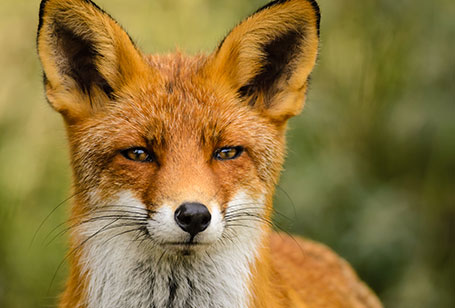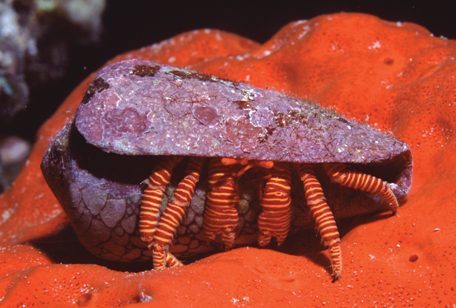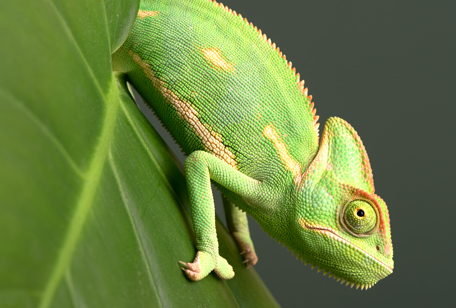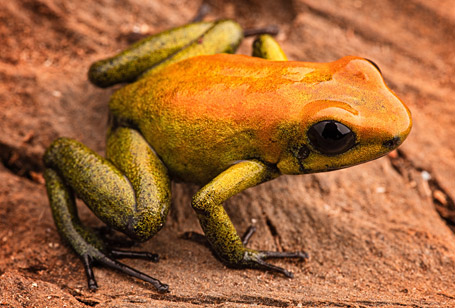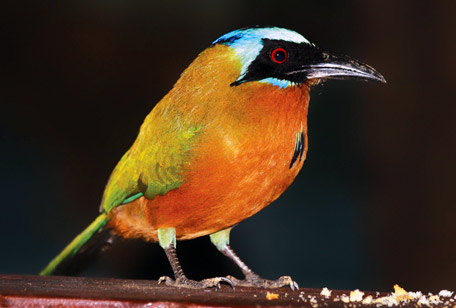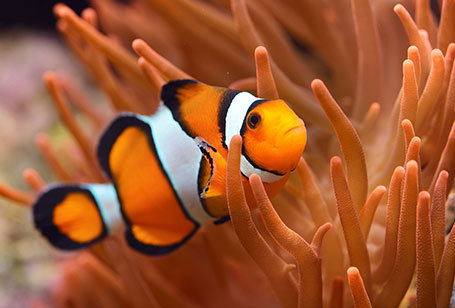
Fish are ectothermic aquatic vertebrates that live in freshwater or the salty ocean. Their bodies are covered in scales with a protective slime layer. They breathe using gills and lay eggs that are fertilized outside the body. With over 28,000 species, they are the most diverse group of vertebrates.

